-
 © Haymarket Media
© Haymarket Media -
 © Haymarket Media
© Haymarket Media -
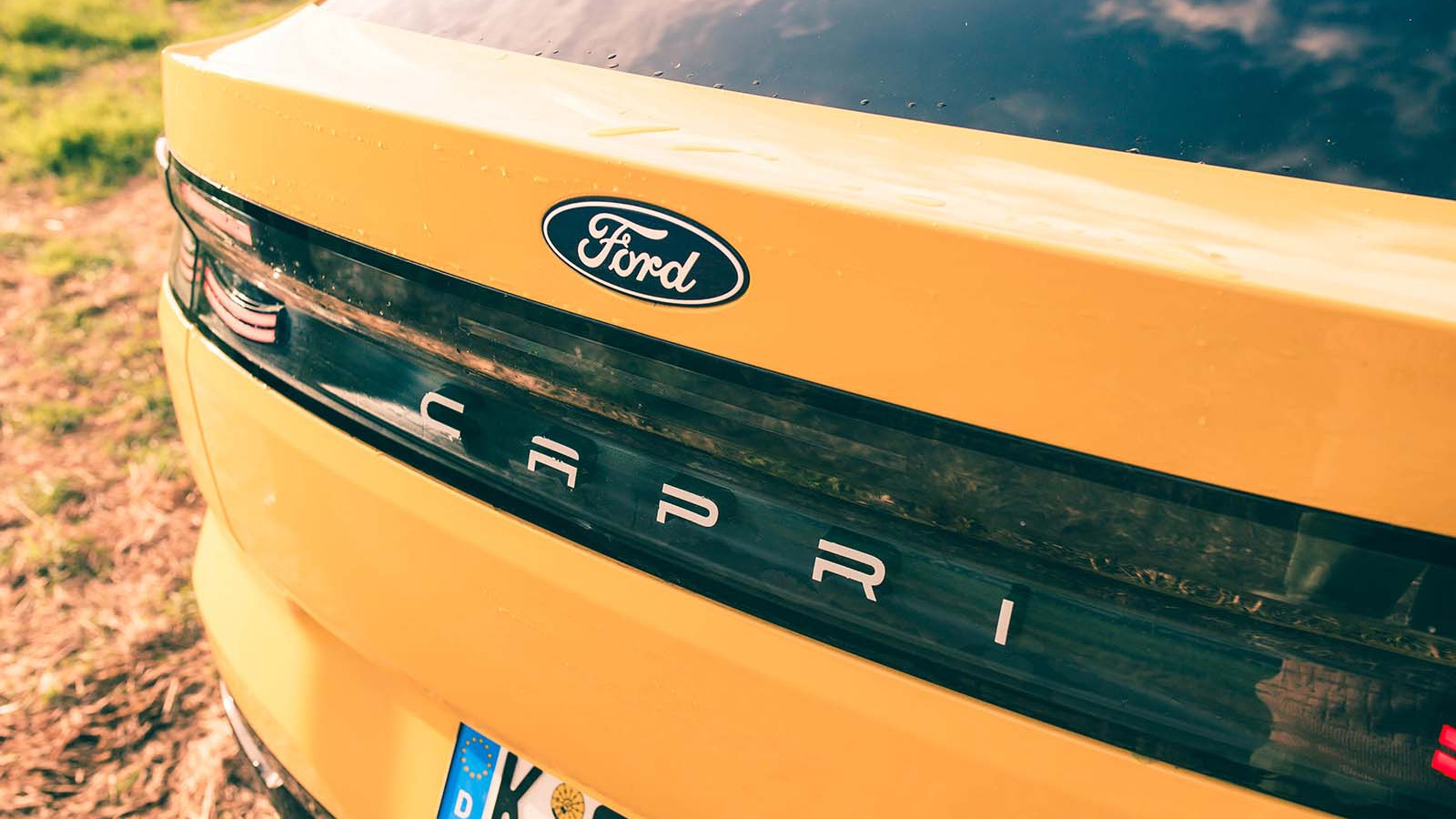 © Haymarket Media
© Haymarket Media -
 © Haymarket Media
© Haymarket Media -
 © Haymarket Media
© Haymarket Media -
 © Haymarket Media
© Haymarket Media -
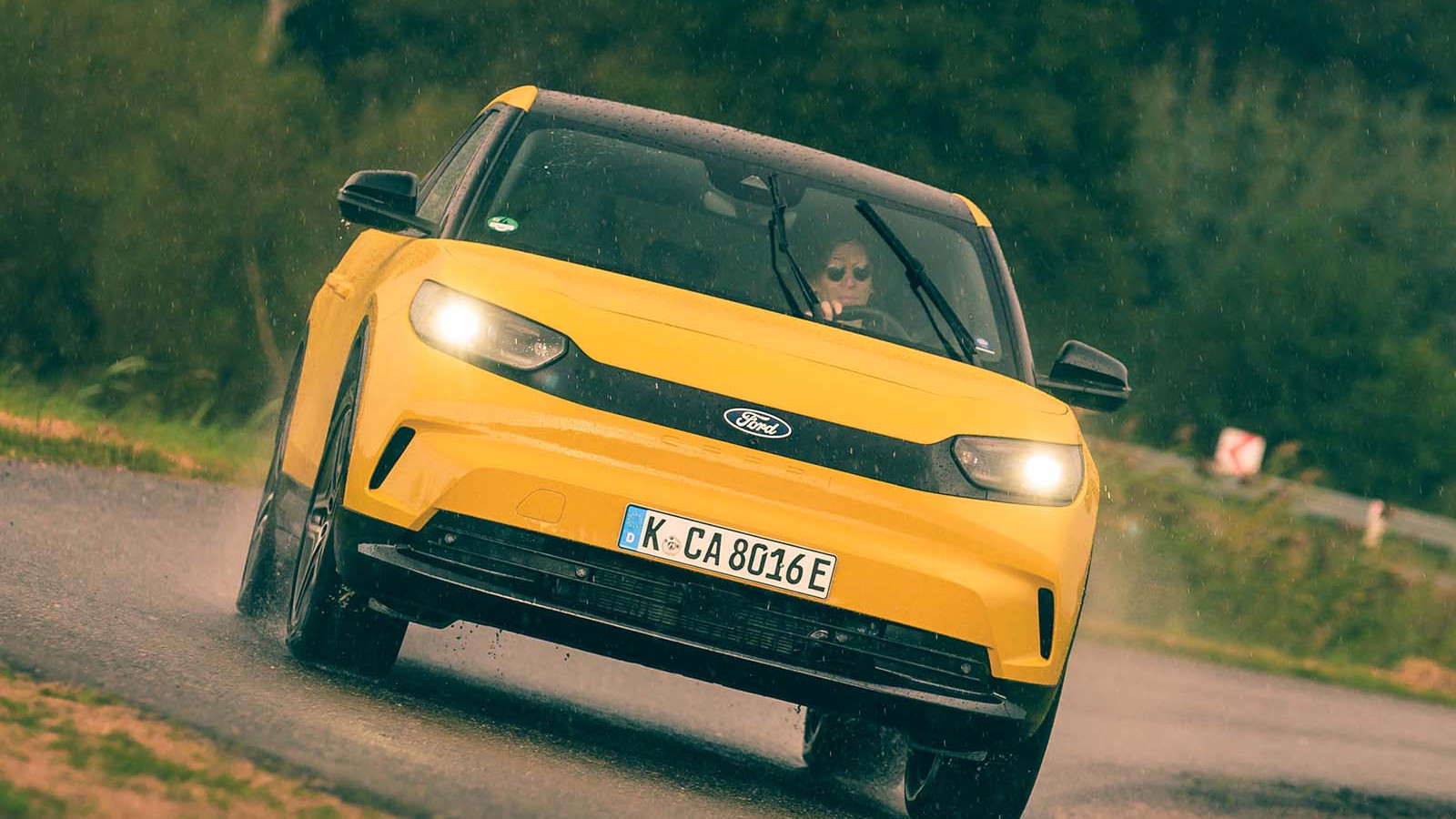 © Haymarket Media
© Haymarket Media -
 © Haymarket Media
© Haymarket Media -
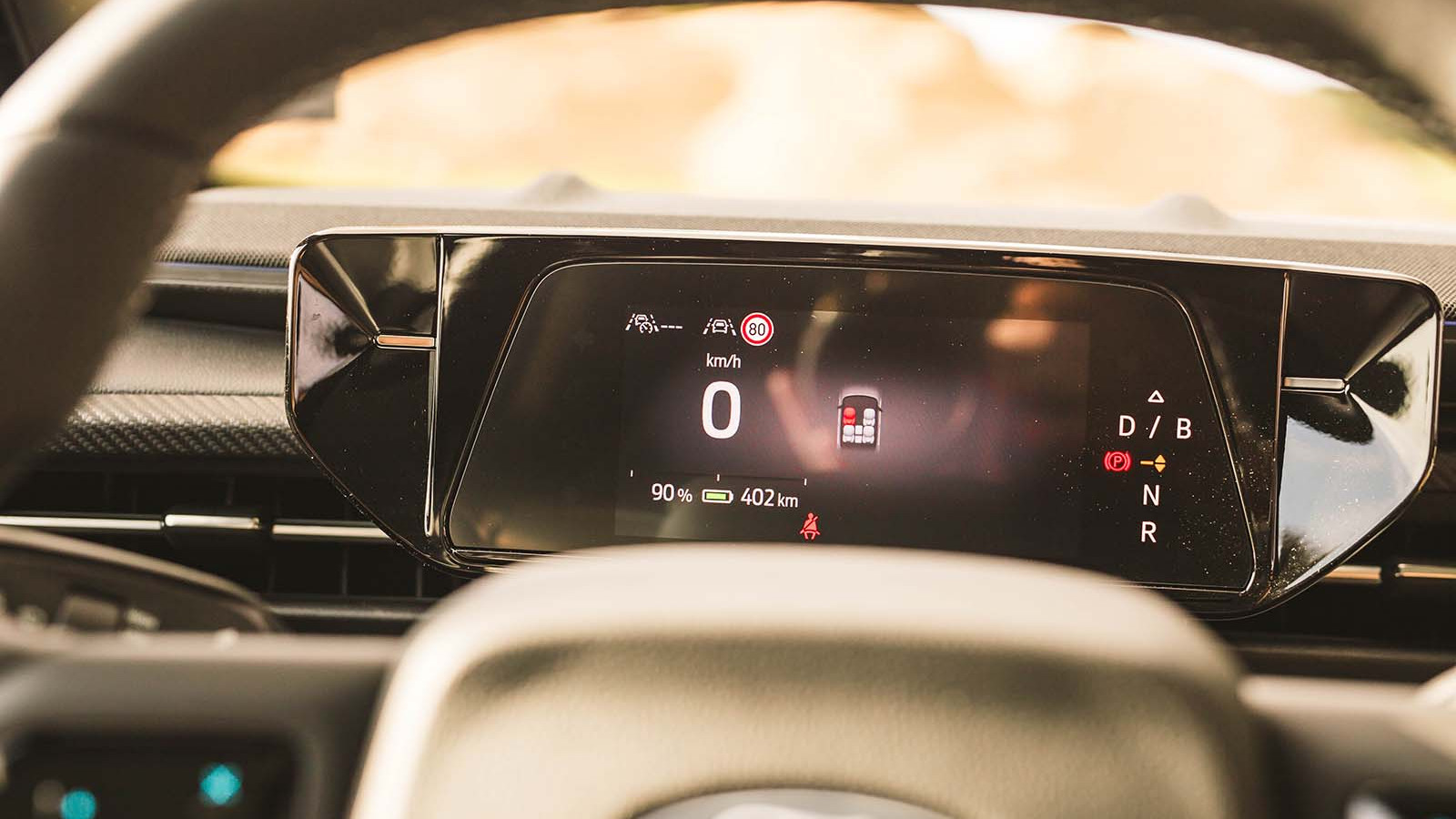 © Haymarket Media
© Haymarket Media -
 © Haymarket Media
© Haymarket Media -
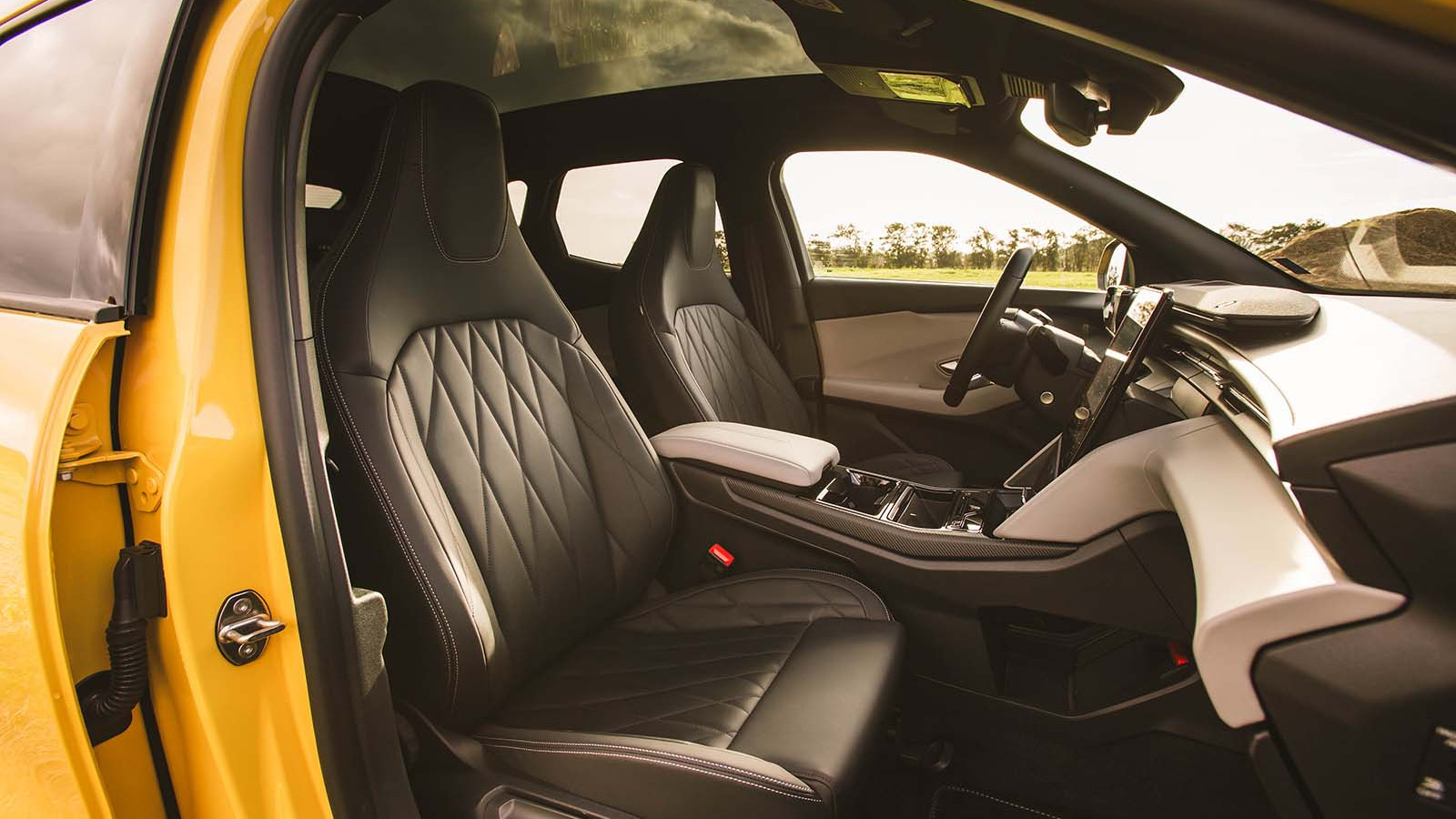 © Haymarket Media
© Haymarket Media -
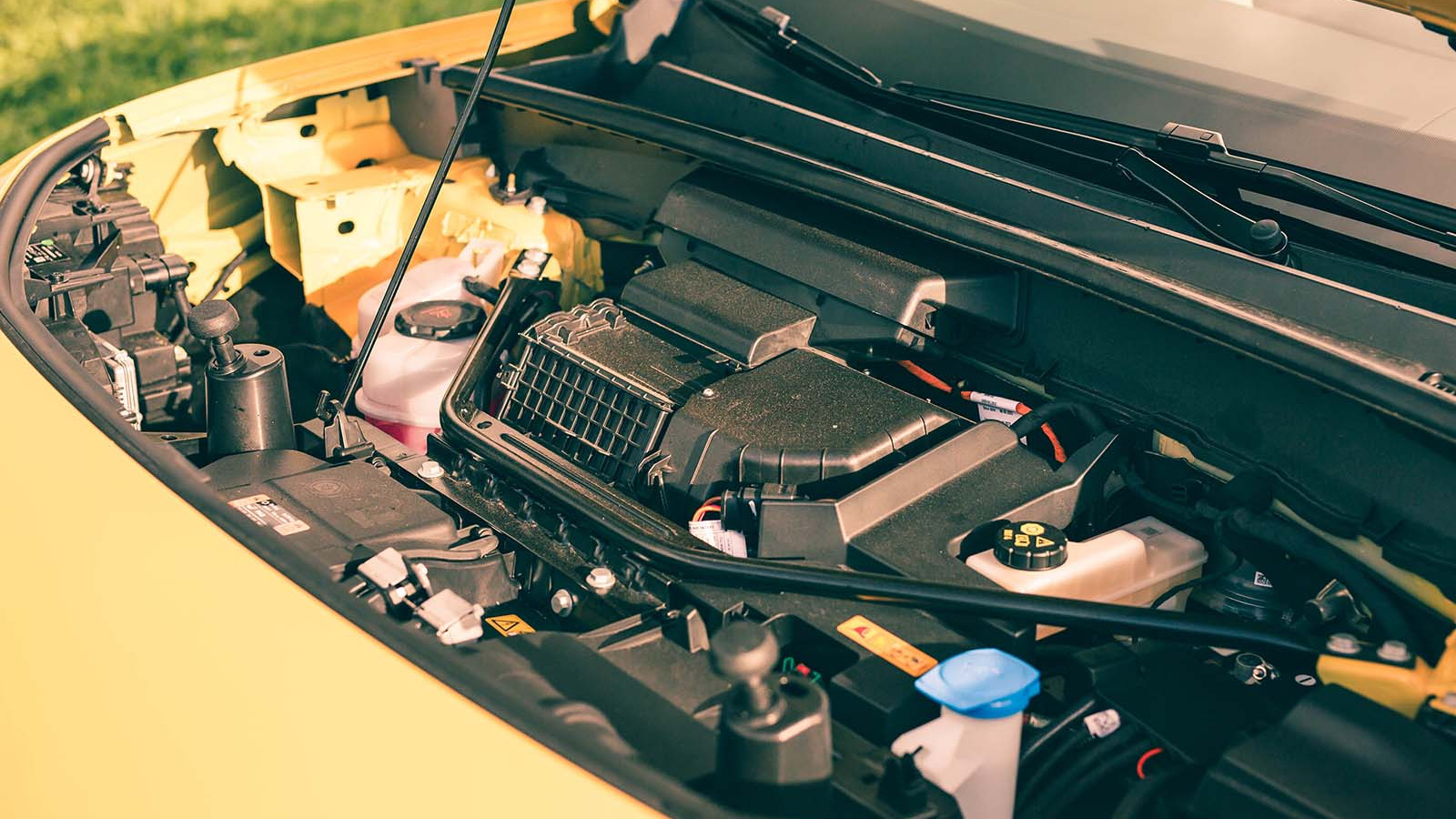 © Haymarket Media
© Haymarket Media -
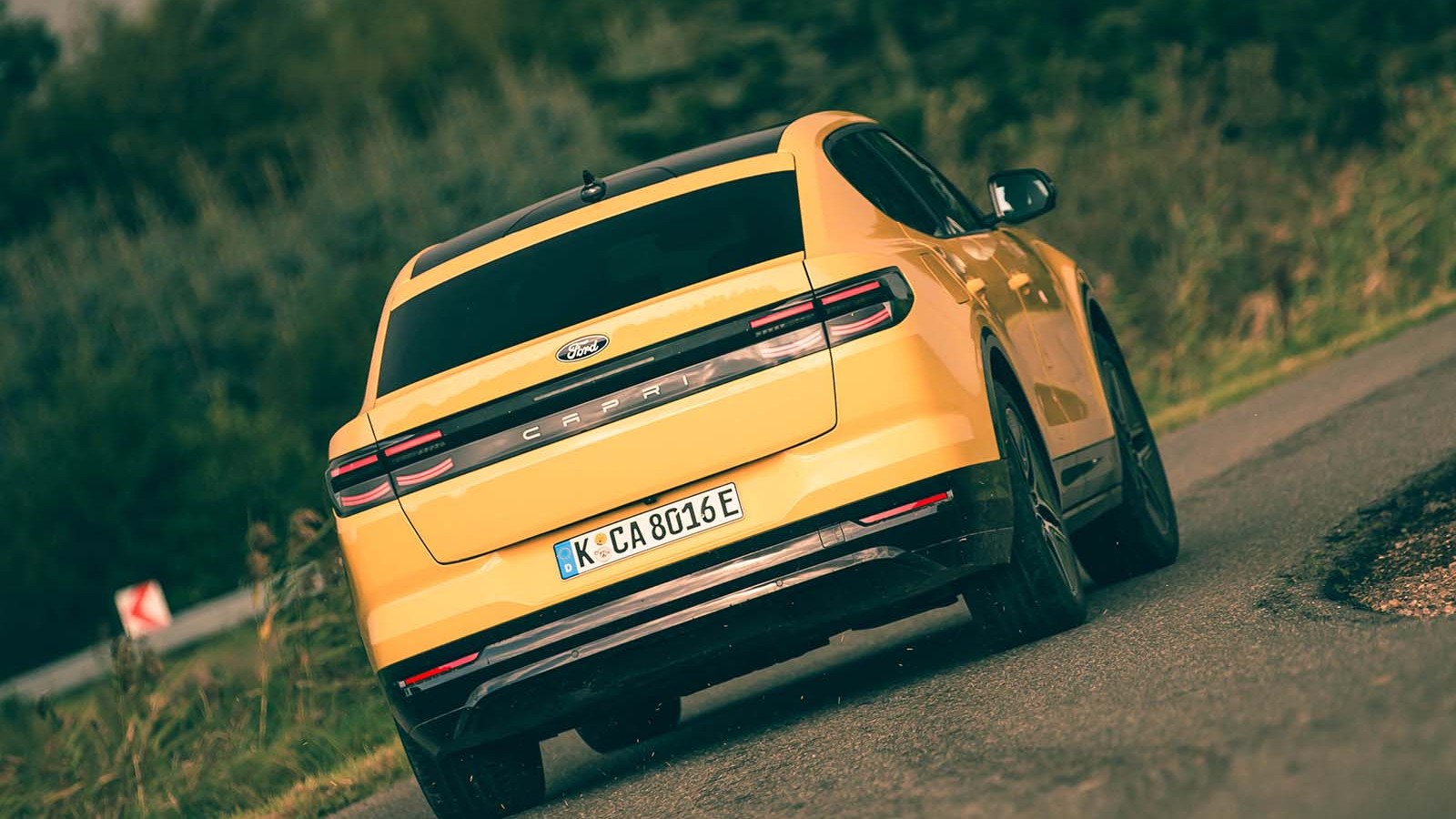 © Haymarket Media
© Haymarket Media -
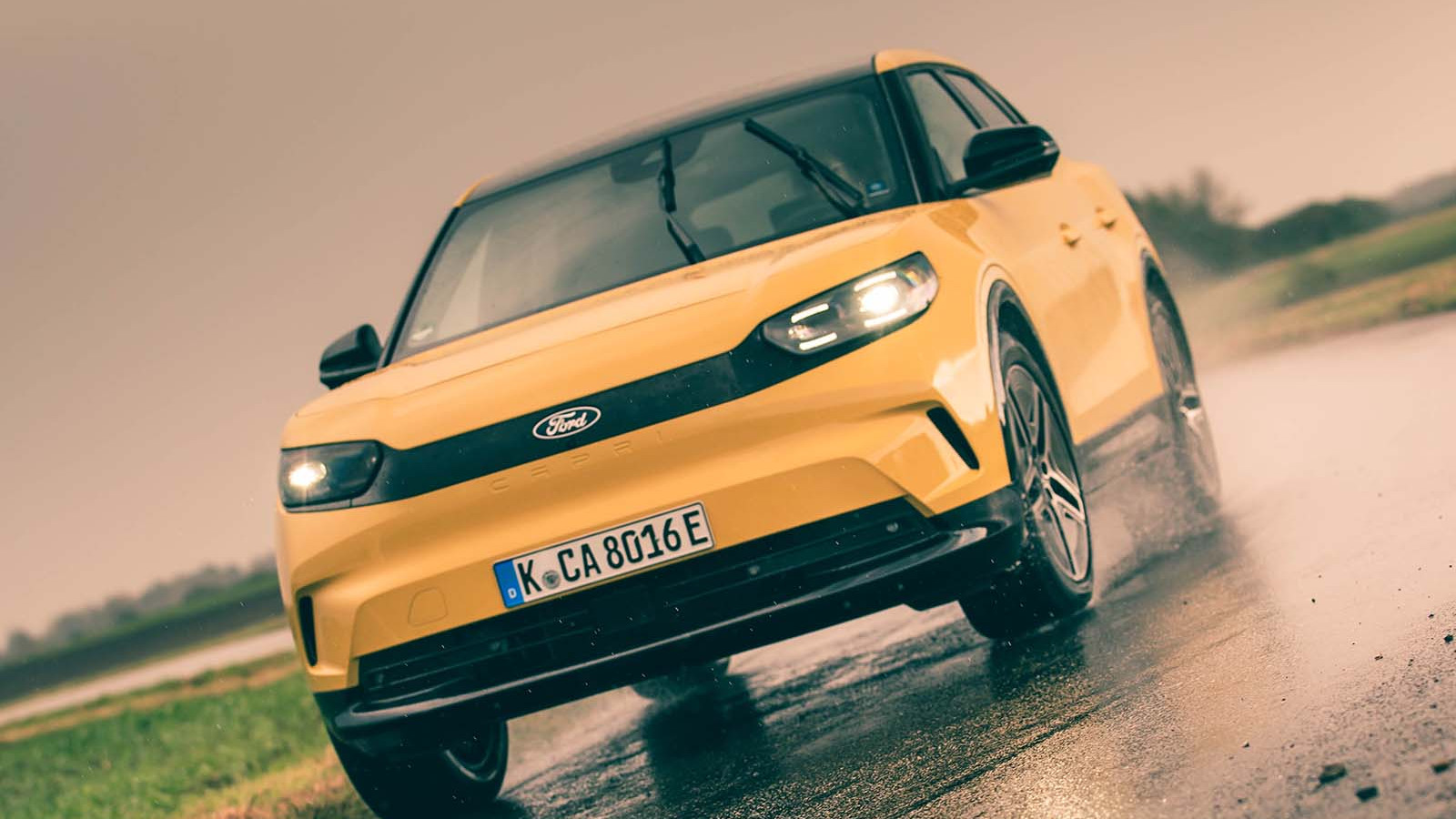 © Haymarket Media
© Haymarket Media -
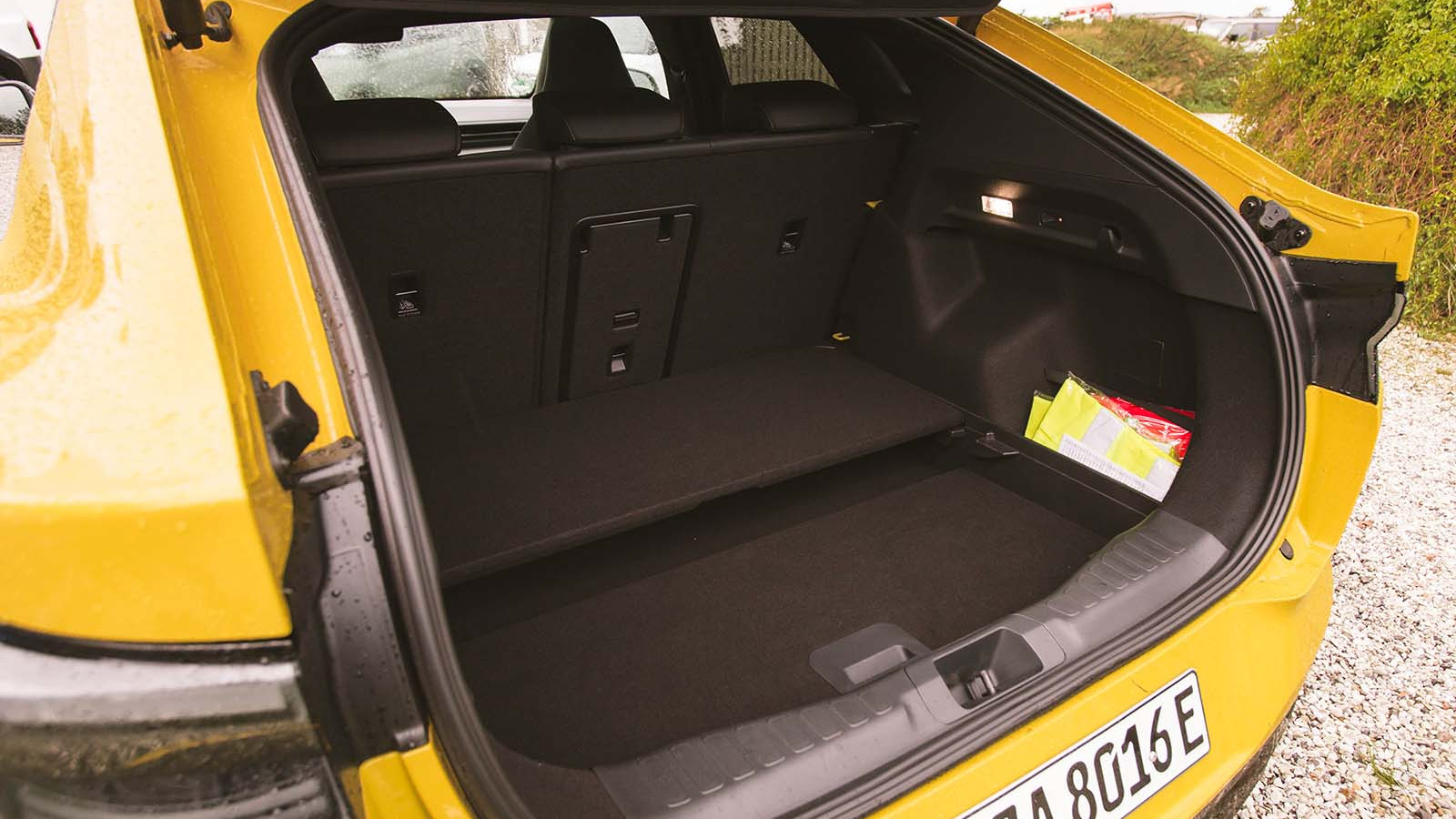 © Haymarket Media
© Haymarket Media -
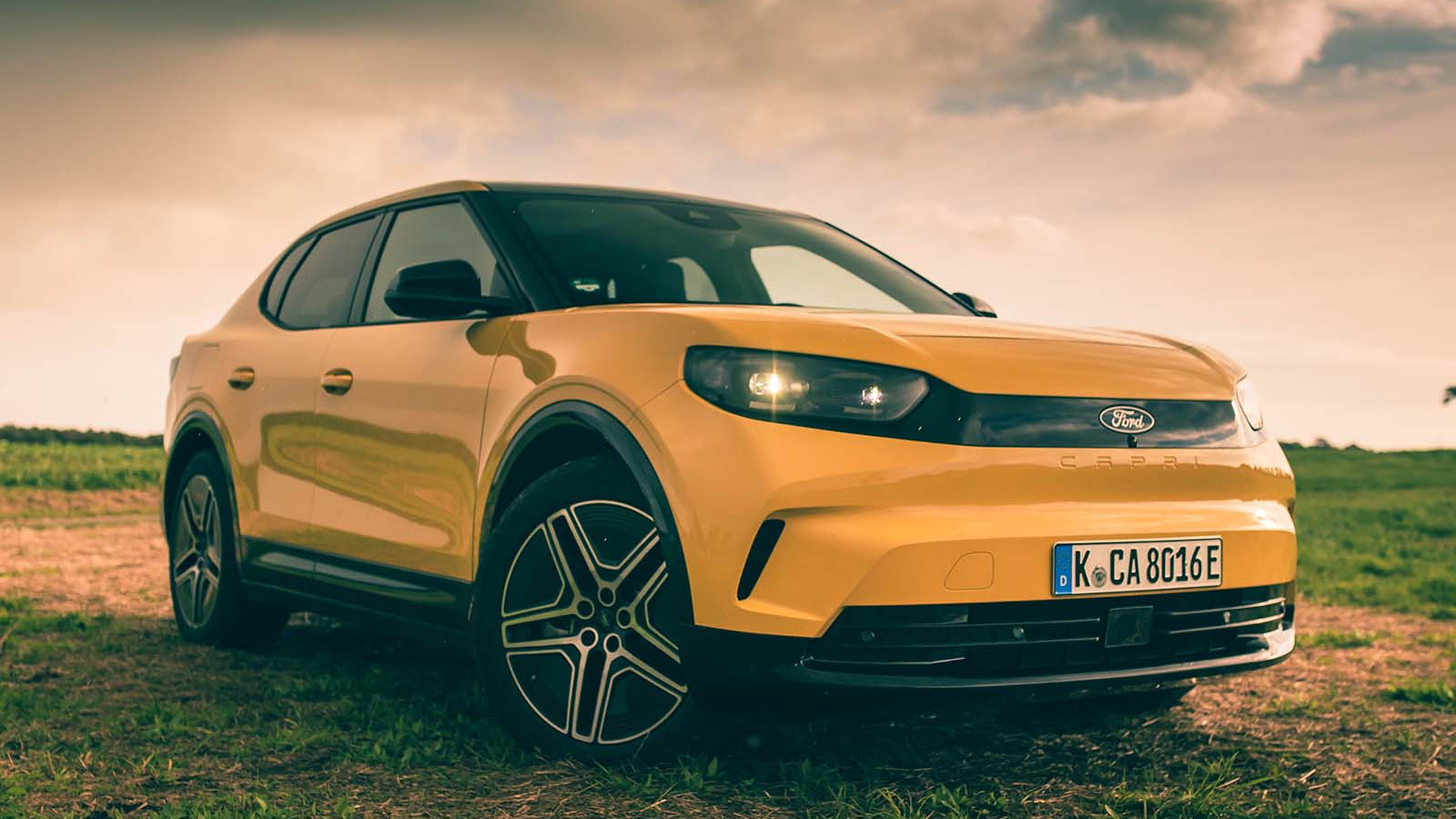 © Haymarket Media
© Haymarket Media
-
The Ford Capri is dead. Long live the Ford Capri.
At least that's what Ford wants you to think. This all-new electric crossover has stirred quite the debate in the world of motoring since it was revealed back in July.
-
Whether the American brand's decision to bring the badge back was a genuine belief that this crossover is true to the original coupe’s lineage, or simply a marketing ploy to give the car’s launch some attention, it has undoubtedly started enough conversation to make it one of the most talked-about cars in 2024.
-
Throughout the course of this review, however, we’re not going to consider whether the new Capri is a worthy successor to the original (upon which it is most definitely not based). Instead, we’re going to find out whether it lives up to all of the hype.
Ulrich Koesters, director of electrification at Ford Europe, who has so far been responsible for the Explorer SUV and now the Capri, says it is "a sports car for the family". And given that it weighs over two tonnes and is longer than the Explorer, that’s a tall order.
Without further ado, then, let's take a look at it…
-
The Capri sits on Volkswagen's MEB platform, which it shares with the Volkswagen ID 4 and ID 5, as well as the Explorer. This means that it offers the same variety of powertrains.
You can have a rear-wheel drive car as standard with either a 52kWh battery and a 168bhp electric motor or a 77kWh battery and a 282bhp motor. There is also an optional, twin-motor four-wheel drive model with a 79kWh battery and 335bhp. Needless to say, all of this technology is currently available on other MEB-based cars, such as those from Volkswagen, Audi, Skoda and Cupra.
-
The wheelbase of the Capri and Explorer are the same, but the Capri is 20cm longer because of its larger rear overhang. This is designed to give the Capri a sleeker, sportier profile and give it a larger boot.
-
To help with this feeling of sportiness (as well as improve efficiency and lower the centre of gravity), the Capri is mounted lower than the Explorer and its suspension has been given subtle tuning differences to account for the differences in ride height.
-
This has clearly helped in terms of its aerodynamic efficiency, because its drag coefficient comes in at 0.26 compared with the Explorer's 0.29. This means it gets a better all-electric range.
-
Ford claims the Capri can travel up to 389 miles per charge, while the Explorer makes do with up to 374 miles. This compares with 368 miles for the Polestar 2 Long Range, and 360 miles for the Tesla Model 3 Long Range.
-
Our all-wheel drive test car has a very good claimed energy efficiency of 3.9mpkWh, with performance figures that should prove strong enough for most buyers. With 335bhp and 501lb ft, it gets from 0-62mph in 5.3sec and has a top speed of 111mph - pretty good for a 2174kg crossover.
-
Inside, the Capri is spacious and has lots of storage space. What's more, the 567-litre boot is a pretty decent size. You should be aware, however, that choosing the optional panoramic roof means there is less headroom for taller people in the second row.
-
Which brings us to some other issues with the Capri's interior. Because both cars are the same underneath, the same problems that the Explorer's interior suffers from are also present here. This means that there is a rather dull, boring, grey ambience with a 15in touch screen that is left to perform too many functions. We also feel that it has more screen space than Ford seems to know what to do with.
-
Perhaps the Capri will fare better with regard to its performance and handling - it is a Ford, after all.
-
In dual-motor form, the Capri is a quick car to drive, with strong acceleration and excellent traction out of corners. It feels very composed and is quite difficult to flummox it or interrupt its traction.
What's more, this is supported by good refinement levels and a ride that's on the firm side but not uncomfortable.
-
Its steering is light but precise, and while there is the inevitable body roll, it feels well controlled. All in all, this makes it a satisfying car to drive and place on the road, and it's easy to get along with it.
In many ways, then, it feels like the spiritual successor to the Mondeo, rather than a low-slung crossover that's trying to be a sports car for the family.
-
It is undoubtedly good enough to drive, with enough space for a large family and a decent amount of technology. But it is in no way sporty or fun, nor is it a particularly pleasant place in which to spend a lot of time.
-
There is one way in which we can sum this car up. If you have a Mondeo and you're in the market for something new and electric, this should be on your shortlist. But if you have an original Capri, stick with it.
